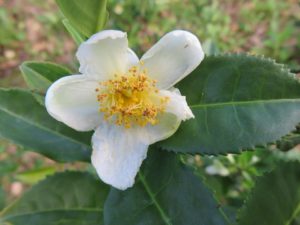 Call it a “hot cuppa” or “leaf soup” (thanks to Sheldon and Amy of The Big Bang Theory), tea is a perfect warming winter drink, and we can help you grow tea leaves at home. Tea Camellias, known botanically as Camellia sinensis, are the most widely grown Camellias in the world. Choose one from our abundant stock and make your own flavorful, aromatic green, oolong or black teas. They thrive in well-draining, slightly acidic soil in a light shade area. Periodic fertilizing will have these evergreens, white winter blooming shrubs thriving – and producing flavorful tea leaves – for many years to come.
Call it a “hot cuppa” or “leaf soup” (thanks to Sheldon and Amy of The Big Bang Theory), tea is a perfect warming winter drink, and we can help you grow tea leaves at home. Tea Camellias, known botanically as Camellia sinensis, are the most widely grown Camellias in the world. Choose one from our abundant stock and make your own flavorful, aromatic green, oolong or black teas. They thrive in well-draining, slightly acidic soil in a light shade area. Periodic fertilizing will have these evergreens, white winter blooming shrubs thriving – and producing flavorful tea leaves – for many years to come.
Growing Climate
Camellia sinensis – or Tea Camellia grows in a broad variety of climates around the world. Tea is grown commercially in both tropical & temperate zones including China, Japan, and the US.
In our area, the Tea Camellia plant prefers a bright shade location. The morning sun side of your house or under the dappled shade of a large tree would suit the plant well.
Soil should remain moist, not wet and drain should drain well. It also needs to be kept on the acidic side. Therefore, plant all camellias in a mixture of Nurseryman’s Acid Planting Mixed 75% with 25% native soil. Feed with Azalea Camelia food and treat 2-3 times a year with Iron Sulfate to keep the pH on the acidic side.
Harvest
Tea is harvested as the first flush of leaves emerge in early spring. Another can occur when a second and possible third flush of leaves appear in late spring/summer. Flowers arrive in fall; ours are blooming now.

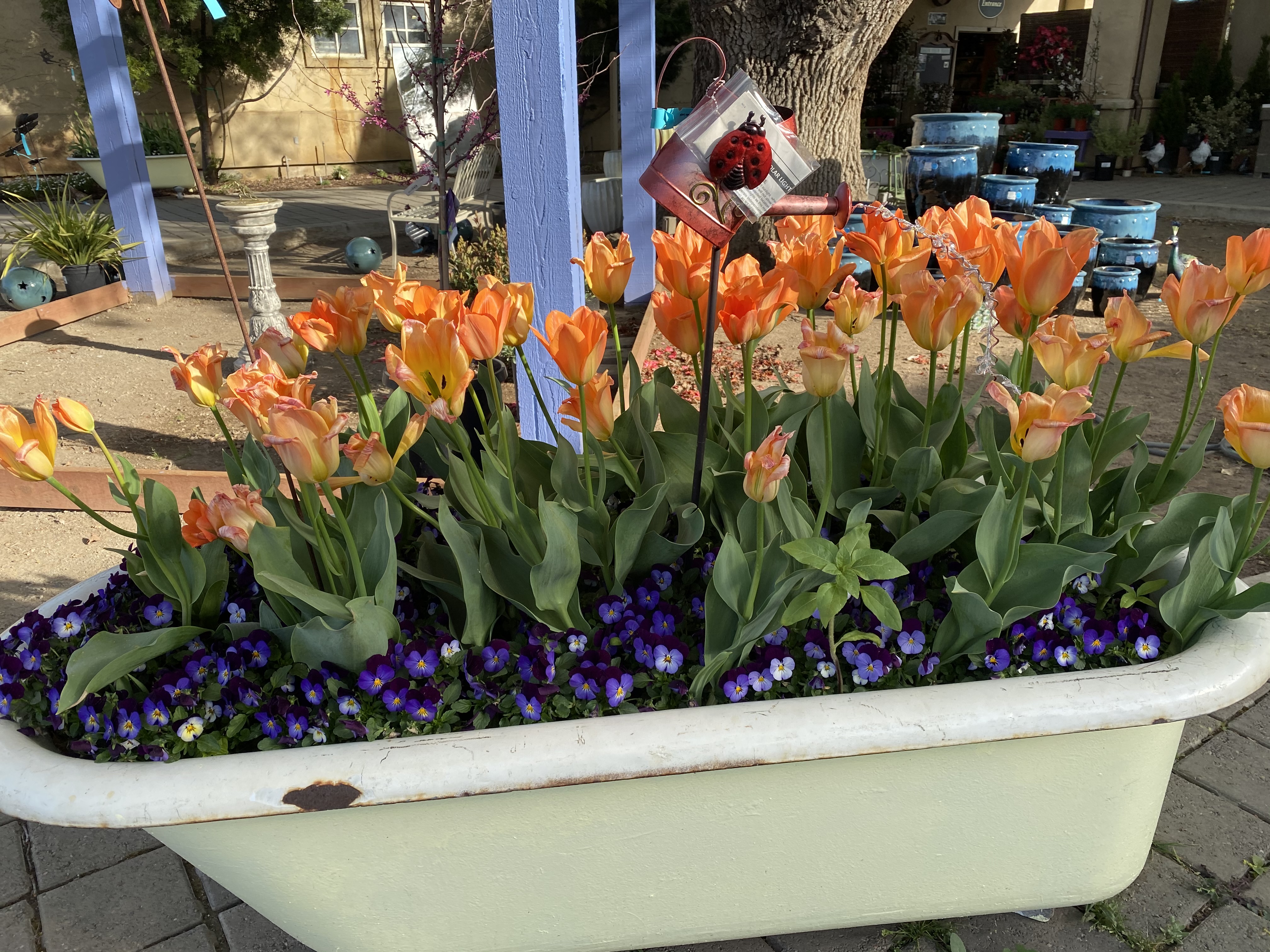
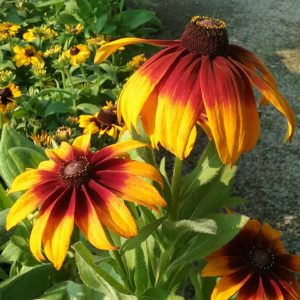 Your garden, no matter how small, does matter!
Your garden, no matter how small, does matter!
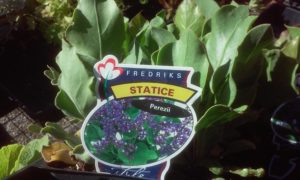 The end of summer marks a perfect time to invest in your garden with a few starts of perennial color. Planting these young plants now will allow them to establish over winter and bloom gloriously next spring. This is a very satisfying way to garden. These plants are small, young, easy to plant and grow, and for a small investment, you can enjoy a wealth of rewards next year.
The end of summer marks a perfect time to invest in your garden with a few starts of perennial color. Planting these young plants now will allow them to establish over winter and bloom gloriously next spring. This is a very satisfying way to garden. These plants are small, young, easy to plant and grow, and for a small investment, you can enjoy a wealth of rewards next year.

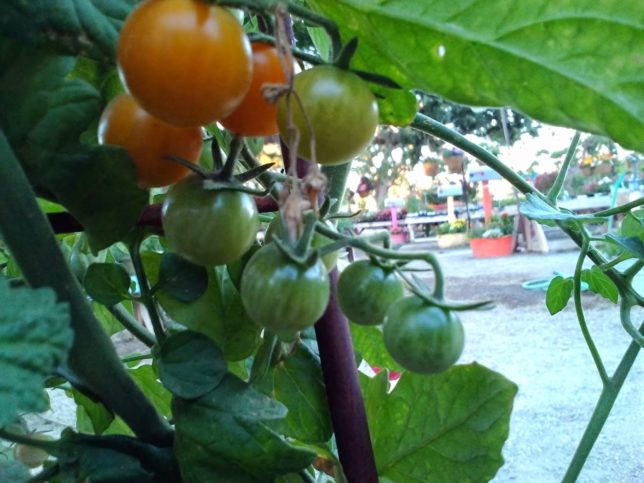
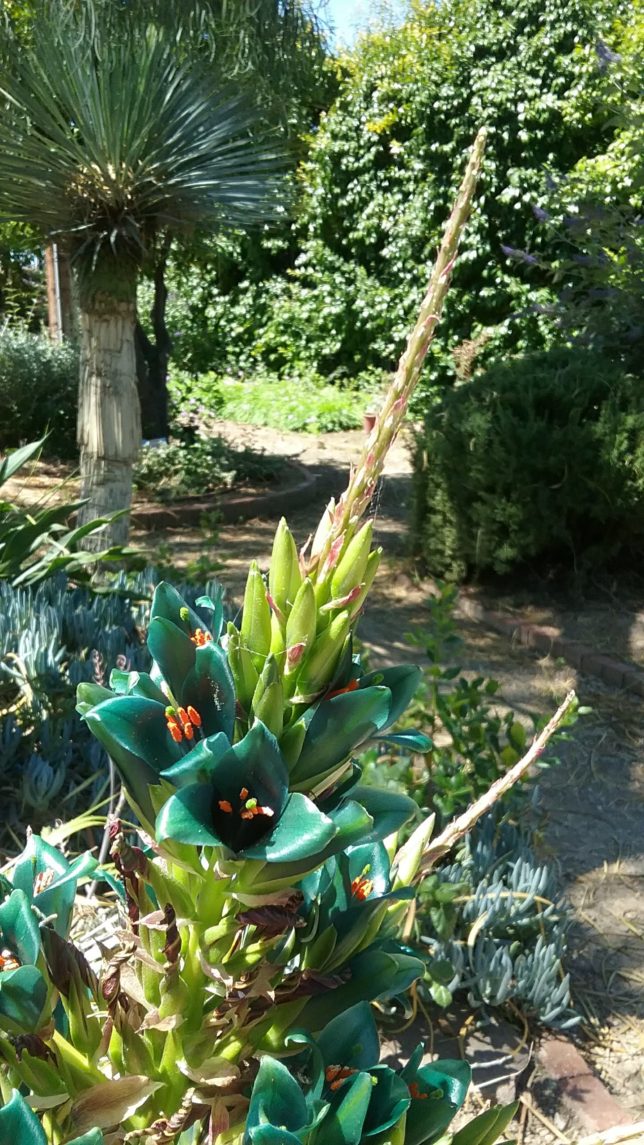
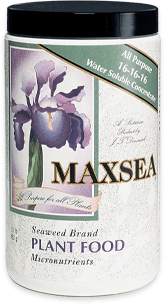 Maxsea water-soluble fertilizer provides the rich elements of seaweed, nitrogen, potassium, and phosphorus.
Maxsea water-soluble fertilizer provides the rich elements of seaweed, nitrogen, potassium, and phosphorus.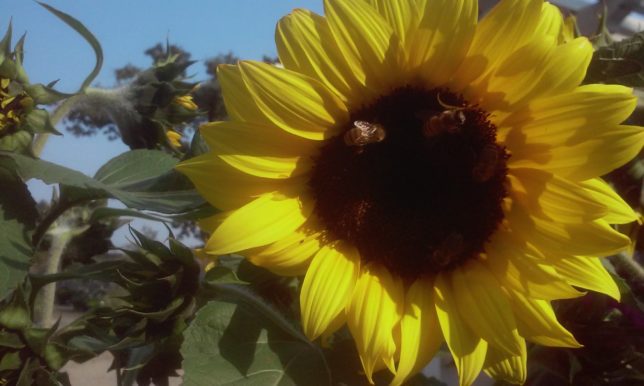
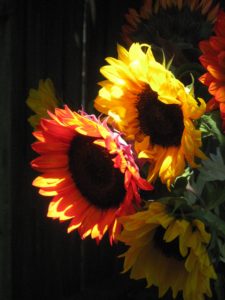
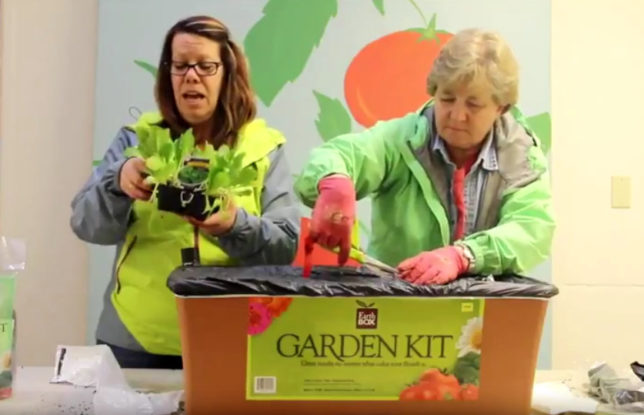
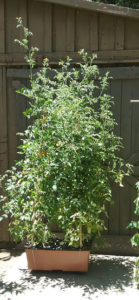
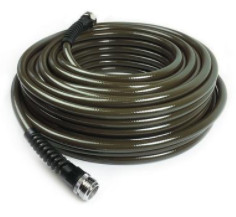 We stock beautiful and well-made garden hoses from Water Right that are lightweight and durable and built to last.
We stock beautiful and well-made garden hoses from Water Right that are lightweight and durable and built to last.